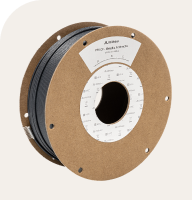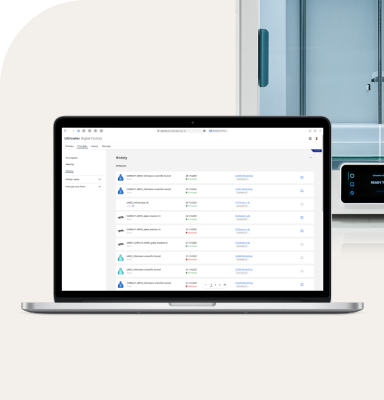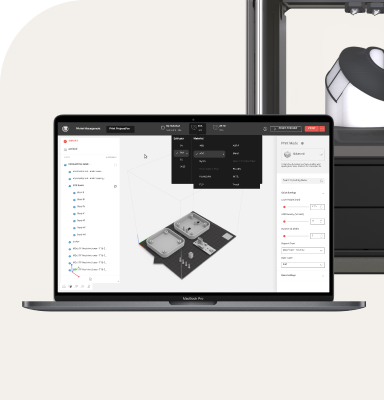Part of the mission of Ultimaker North America's Community team is to help educators get up and running with 3D printing and make it easier for them to integrate the technology into their curriculum. When we were presented with the opportunity to visit the Met for Teens Take the Met and partake in their "Intersections between Art and Science" event on December 1, we knew it would be a great way to practice this outreach with educators and students.
Since 1870, the Metropolitan Museum of Art has been a source of inspiration for artists. For the past two years, the Ultimaker Community Team has taken part in Teens Take the Met events to help educators and students celebrate the relationship between education and 3D printing, drawing deeply on this world-class collection.
For the event in December, we had the chance to document and share the Teens Take the Met activity, as well as to take this exploration further by creating lessons that leverage Ultimaker 3D printers to illuminate aspects of art and art history in the classroom: The Met Set.
Sophia Georgiou, founder of Morphi, demonstrating ways to use Morphi to get models created for the Ultimaker 3.
The Met Set incorporates a variety of educational goals that we feel offer opportunities for growth in the classroom. Integrating 3D printing with The Met Set into their curriculum will help educators meet the following objectives:
Support personal student exploration in the pursuit of a learning objective
Incorporate design thinking techniques
Build cooperative learning opportunities
Build resiliency by taking advantage of rapid prototyping and testing techniques
Develop communication skills through continuous documentation and sharing
During our experiences at Teens Take the Met, we invited those who were enthusiastic about 3D printing to try their hand at the Ultimaker Design Engine Starter Pack challenge. The Starter Pack can be used to generate scores of new projects in the classroom, encouraging a deeper exploration into the use of desktop 3D printers.
Completing the Design Engine challenge.
With an aim to inspire participants to create wild, spur-of-the-moment projects, the starter pack offers a flexible set of rules to suit a range of game styles, number of players, and experience levels. Educators find that these exercises are a great balance between simple school day projects and ambitious, semester-long student projects.
Lesson plans for 3D printing in the classroom
It was an exciting exercise to incorporate the Design Engine game into our lesson plans at Teens Take the Met, and we're happy to also offer the lesson plans online for educators who want to use them in their classrooms! As well as to reprise our collaboration with Sophia Georgiou, demonstrating Morphi as a lightning-fast means of going from first sketches to 3D models. Here are the lessons that were developed for the Met's December 1 event:
Hack the museum challenges students to use scans of museum collections to create original pieces inspired by great art.
Lithophanes introduce the concept of a traditional craft where an etched or molded artwork in very thin translucent porcelain can only be seen clearly when backlit with a light source.
A 3D printed lithophane lamp.
By converting an image to a height map where whites are transparent and blacks are opaque, one can obtain a similar effect using a 3D printer. There are several ways to create these heightmaps, but a really easy way is to drag an image, a JPG or a PNG file, onto the build platform of Ultimaker Cura. The software will ask you for parameters, but will essentially convert your darkest areas to more layers.
The Design Engine provides a way to incorporate the Met's collection into our popular brainstorming card-based activity.
Students working on the Design Engine challenge
Cylinder seals leverage the original seals from ancient Mesopotamia in the Met Collection. These cylinders could be rolled on a variety of objects made of clay. When seals were impressed on tablets or tablet cases the seal impressions served to identify the authority responsible for what was written in the documents, sort of like a signature does today.
This lesson challenges students to recreate an ancient seal or use Photoshop, Inkscape, and Fusion 360 or Morphi to create their own modern-day versions.
Lesson sparks is a series of lesson ideas that are meant to inspire an educator's own projects.
These sparks include:
Visit the Education section of our website for more tips and guidance on how you can get started with 3D printing in the classroom. We're excited to hear about how educators and students alike use The Met Set to further their understanding of 3D printing and challenge themselves creatively!



























